latest
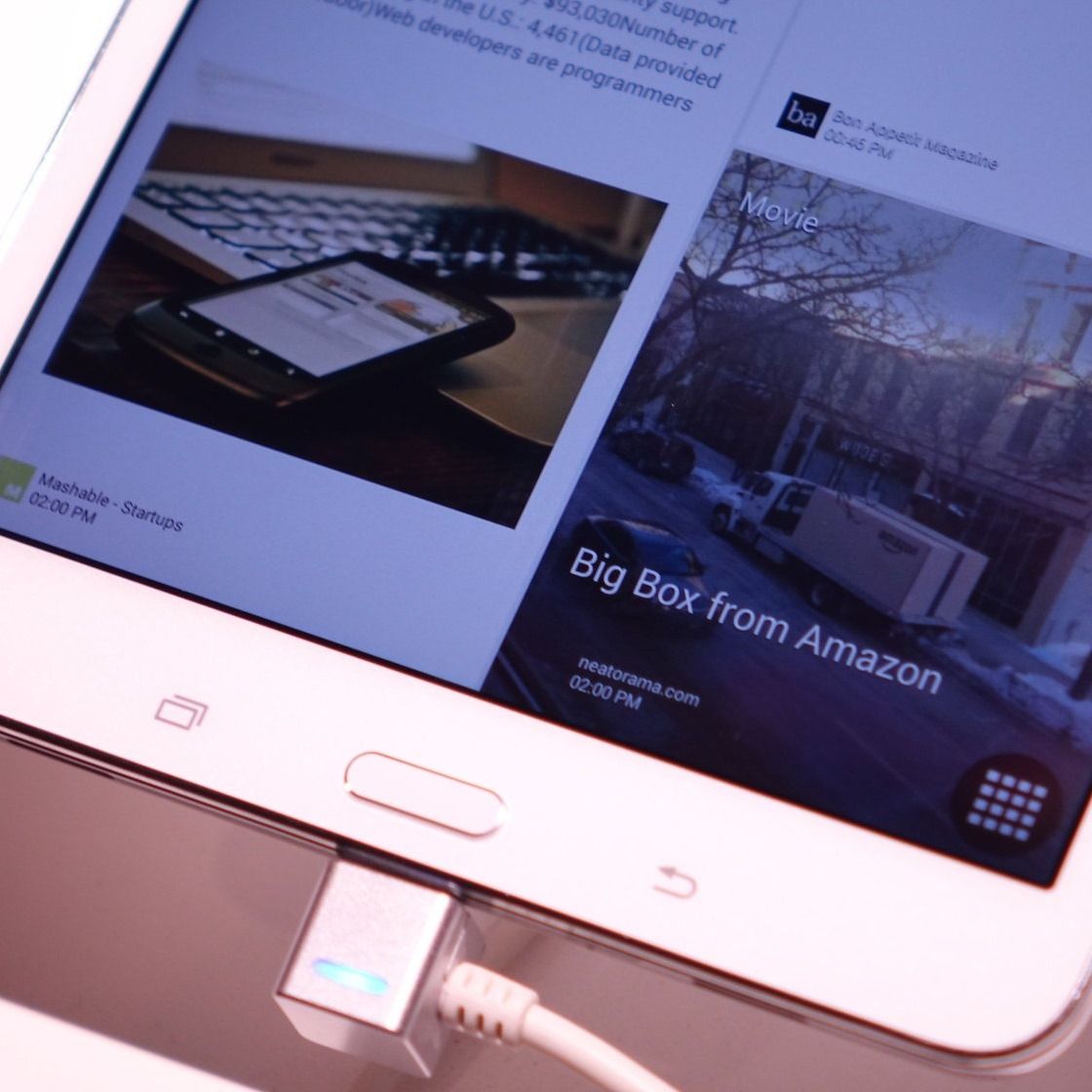
As you may well know by now, Samsung launched a whole bunch o' tablets at CES this week, and by a bunch, I mean 4. The new Tab Pro 8.5, 10.1, and 12.2, and the new Note Pro 12.2. Four tablets, three sizes, two processors (Exynos 5 Octa or Snapdragon 800), and one screen resolution (2560x1600).
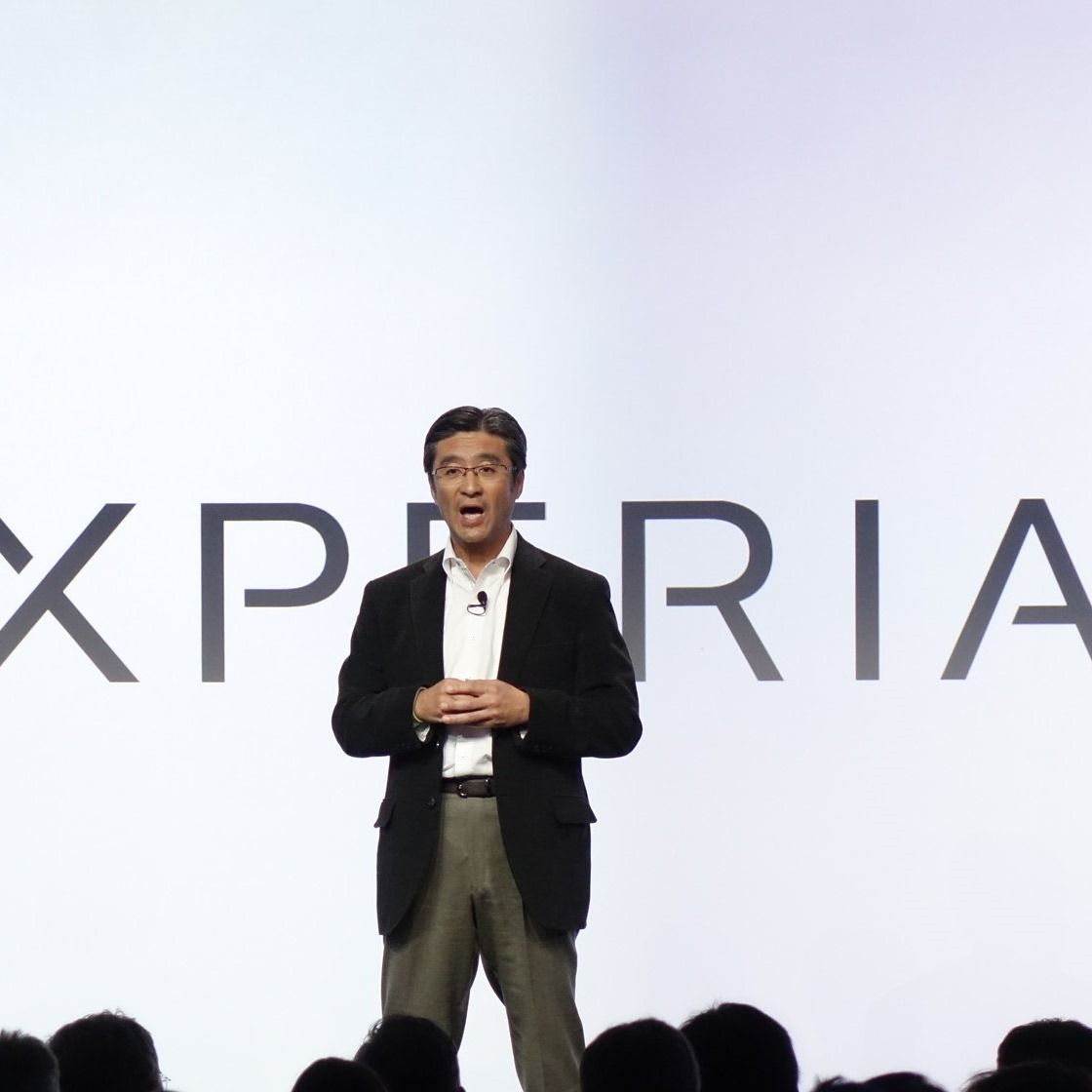
While we flew back home yesterday, today officially marks the end of 2014's don't-call-it-the-Consumer-Electronics-Show (seriously, check out the "note to editors" on any official CES press release). Another year of crazy gadgets, an almost inappropriately huge number of televisions, and a whole lot of white particle board walls. I generally look forward to going to most tech conventions - MWC, IFA, GDC, and Google I/O. CES is the one I've grown to have mixed feelings about - it's frantic, almost inconceivably large, and increasingly straining to retain its relevance to the mobile industry.
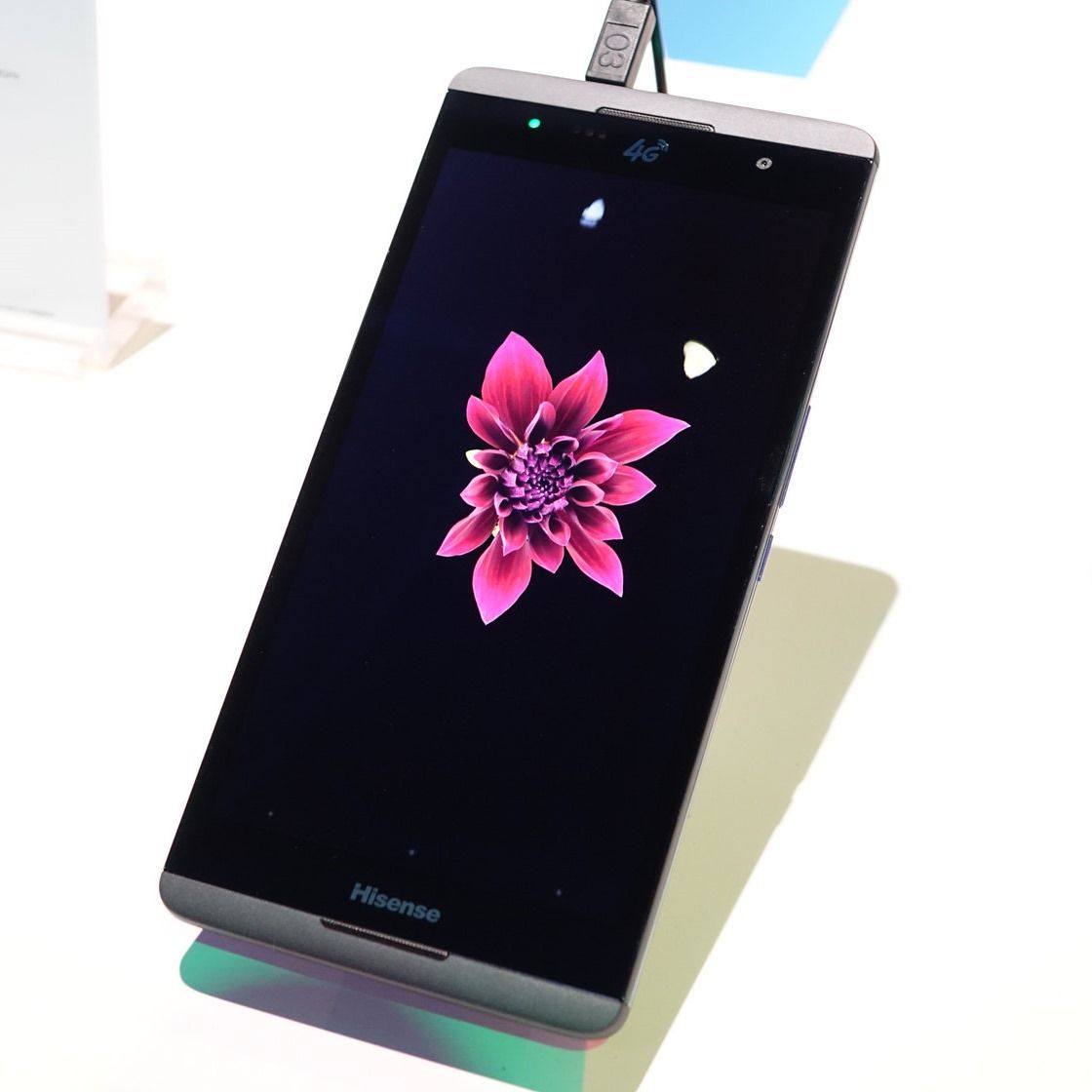
A 6.8" phone? Madness, you say? Not according to Hisense - the company has unveiled one of the largest smartphones to date at CES in Las Vegas this week, dubbed the X1. It's 6.8" full HD LCD panel is certainly something to behold, and may manage to put the phone outside of the "pocketable" category phones like the Xperia Z Ultra just barely manage to eek into. Of course, it's no FonePad, so it may also be the perfect size for a few niche buyers out there, though I can't really see much mainstream appeal here, at least in western markets.
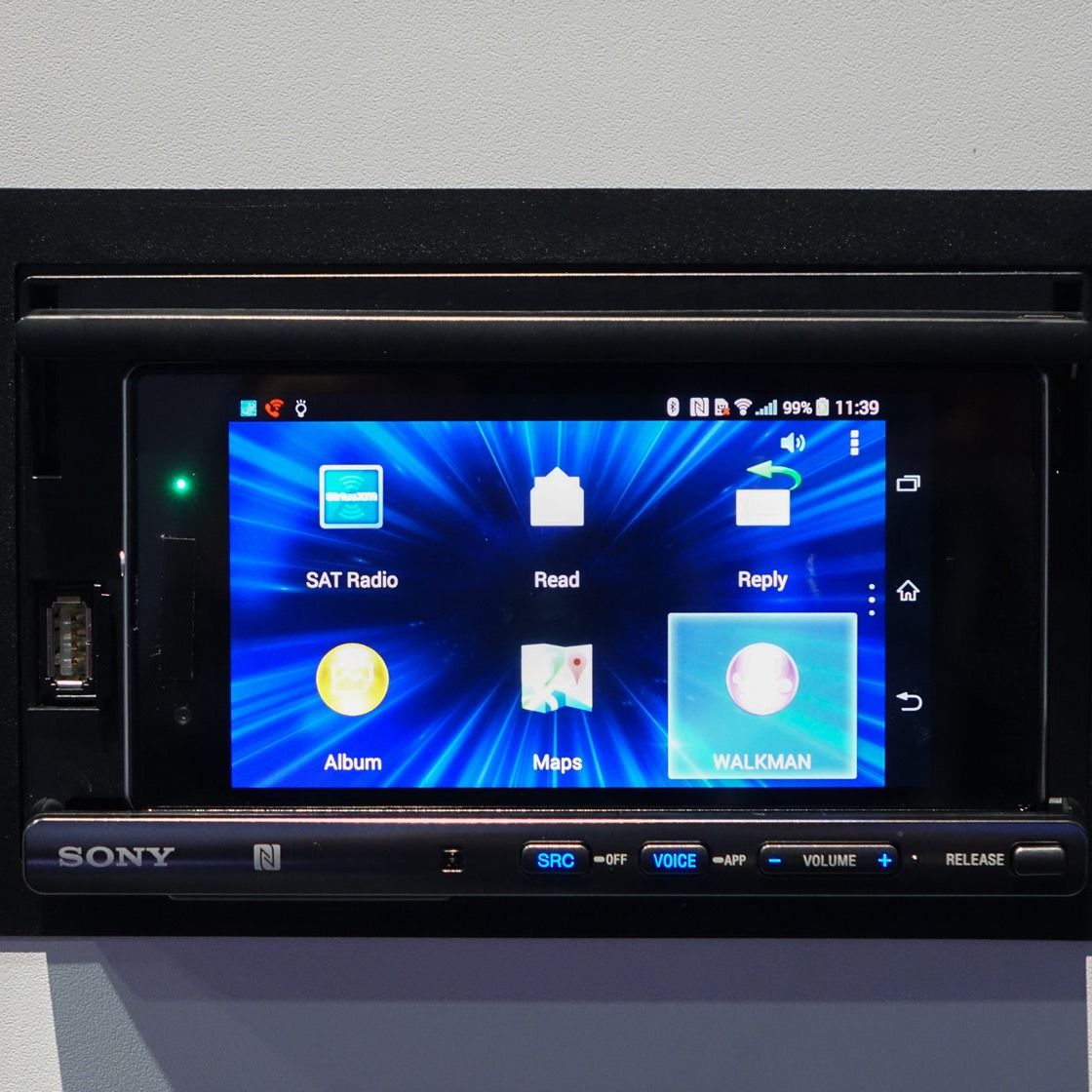
One of the cooler things that went a bit unnoticed at this years CES was, without a doubt, Sony's all-new XSP-N1BT automotive stereo head unit. No, it's not exactly the most exciting name in the world, but Android enthusiasts may be snatching up this double DIN unit with great enthusiasm when it arrives in May for $250 for one reason: in consort with Sony's control app, it turns your Android smartphone into a touchscreen control unit for your car stereo.
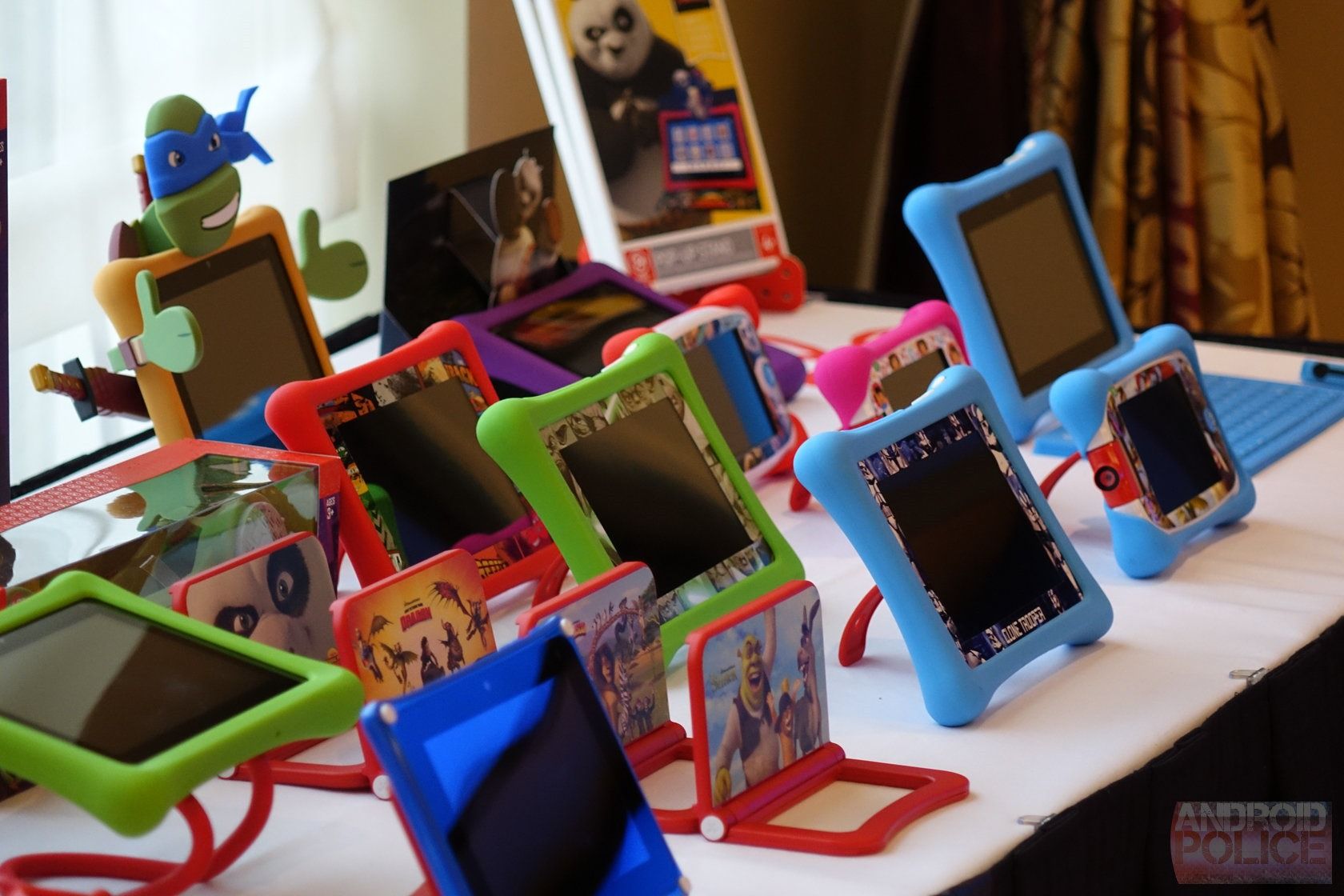
When it comes to big things happening at CES, Fuhu isn't really the first name that comes to mind. Understandably so, as it's a small, niche company. But don't sell it short, either – these guys have been hard at work and have some great-looking products set for release in 2014.
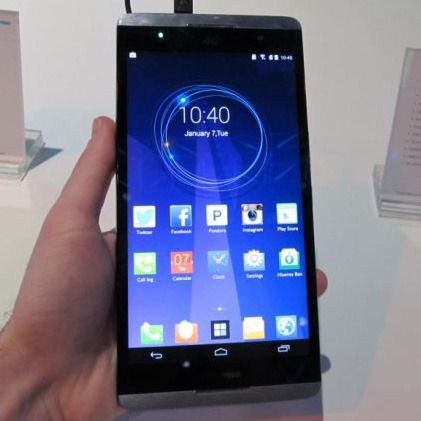
Update: According to this post on Engadget, the Hisense X1 is slated to come to the United States in the second quarter of this year. The company will sell the X1 under the "Sliver" brand as an unlocked handset, and they are reportedly pursuing carrier partnerships as well.

Sony is a huge electronics and media company, so of course they aren't limiting their CES presence to phones. But there's one item that should be of interest to Android gamers: PlayStation Now. This newly-announced service will stream PlayStation games over the Internet to compatible hardware, and includes more than just PlayStation consoles. Sony explicitly announced support for the PS3, PS4, PS Vita, and certain Bravia televisions at CES, but the presentation and press materials say that support for phones and tablets will come eventually.

The Play Store is brimming with alternative home screens, but Aviate was far and away one of the most impressive we saw last year. This beautifully designed launcher takes a completely different approach to organizing your apps and data. Apparently Yahoo was just as impressed as we were because the company just announced at CES that it has acquired Aviate.
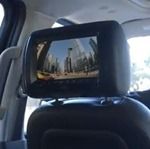
Qualcomm wants you to imagine a world where your mobile device is always connected. No, not that phone in your pocket. Nope, not that tablet either. Bigger. That 3,000 lb. mobile device sitting the driveway. Imagine a vehicle with a screen embedded both in your dashboard and behind every headrest, all syncing up with the screens that sit in every lap except for, ideally, the driver's.
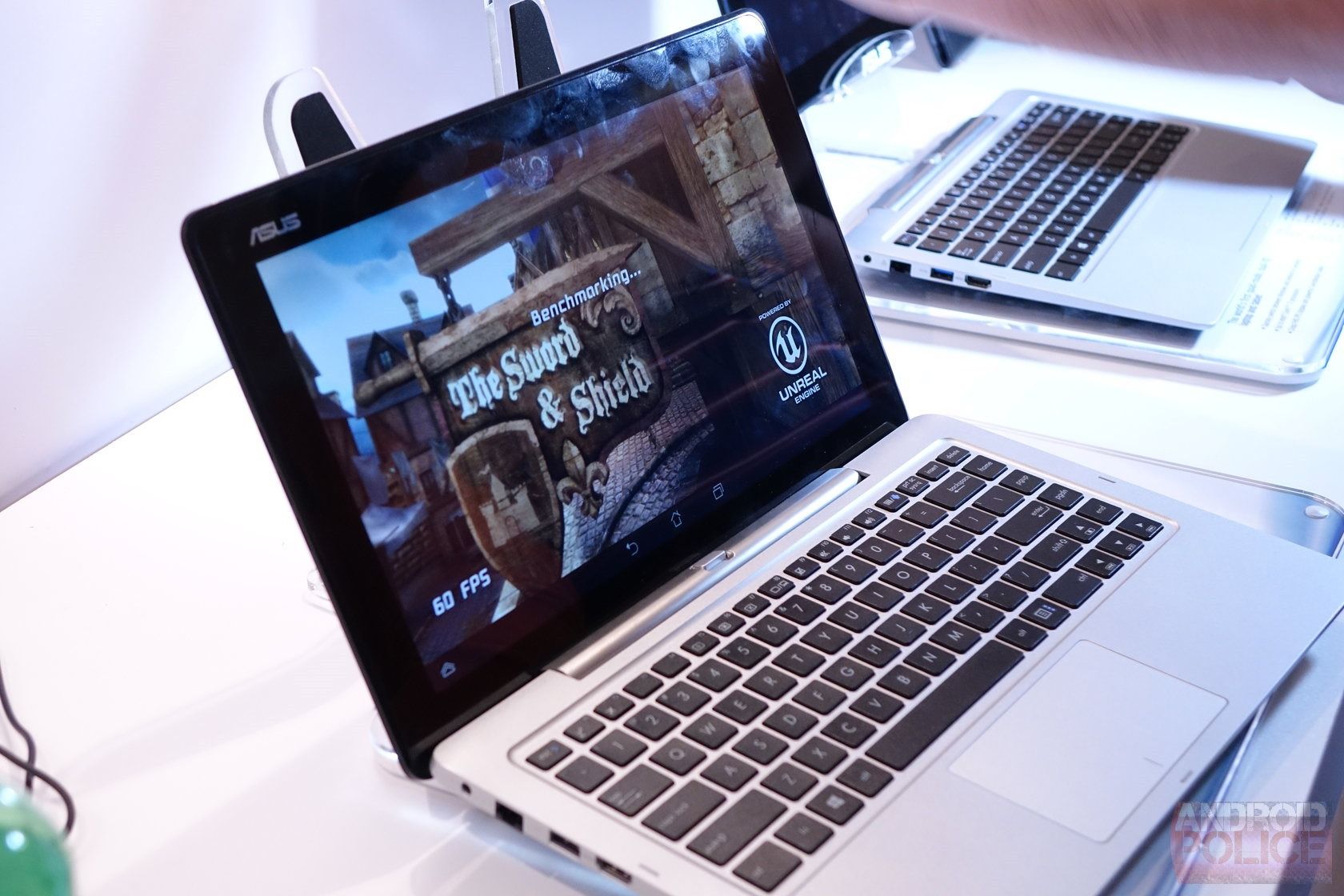
We've already discussed ASUS' fun-loving ZenFone and PadFone Mini, but for those who want a little more out of their gadgets-that-do-more-than-just-one-thing, the Transformer Book Duet should be worth a look. ASUS calls its "four devices in one" since it's an Android tablet, Android laptop, Windows tablet, and Windows laptop, but you can take that for what it's worth – I think it's kind of pushing it. It's just a tablet and a laptop, silly marketing people.
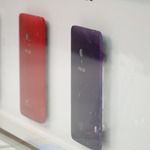
We just got back from a meeting at ASUS's CES suite, and we had a chance to go hands-on with the full portfolio of the company's new Android products (apart from Padfone X, which sadly sat walled off in a glass case). Of great interest to some of you, no doubt, are the company's new ZenFone handsets. Johnny Shih, ASUS's enthusiastic chairman, announced the ZenFone 4, 5, and 6, would be priced at $99, $149, and $199, respectively. With all three phones utilizing dual-core Intel Ivy Trail+ chipsets and powered by Android 4.3, that's certainly an attractive proposition. Were there any immediately apparent downsides, though?

If you know anything about ASUS, it's probably that they love to put things in other things. I'm pretty sure they pioneered putting phones inside of tablets, turning tablets into laptops, and other forms of turducken technology. In true ASUS form, the company announced not one, not two, but three new turduckentech devices yesterday: the PadFone Mini, PadFone X, and Transformer Book Duet.
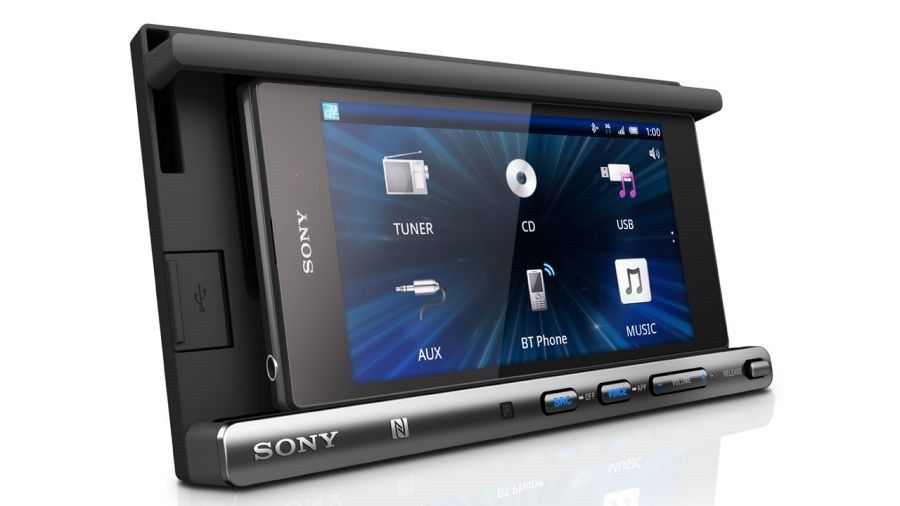
Amid all the gadgets and gizmos at CES, Sony has quietly announced a new in-car entertainment system, the XSP-N1BT. It was announced so quietly, in fact, that everyone seemed to miss it until @evleaks pointed it out. It seems like Sony should have made a bigger deal, because it looks neat.
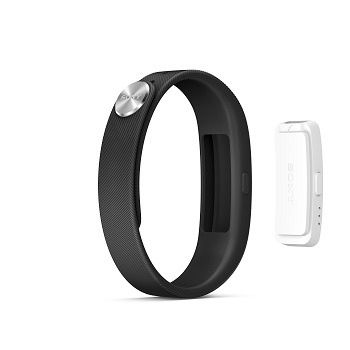
Sony understands wearables, for the company's no stranger to Bluetooth headsets, earbuds, and, more recently, smartwatches. Now it's hitting CES with a new vision of SmartWear, a.k.a, basically whatever Sony makes that can pair with a phone and fit comfortable on, or in, your body. The most interesting of the newly unveiled gadgets is the SmartBand, a FitBit Flex-style bracelet that logs your activities throughout the day. It's thin, safe to wear in the shower, and has enough battery life to last for up to five days.
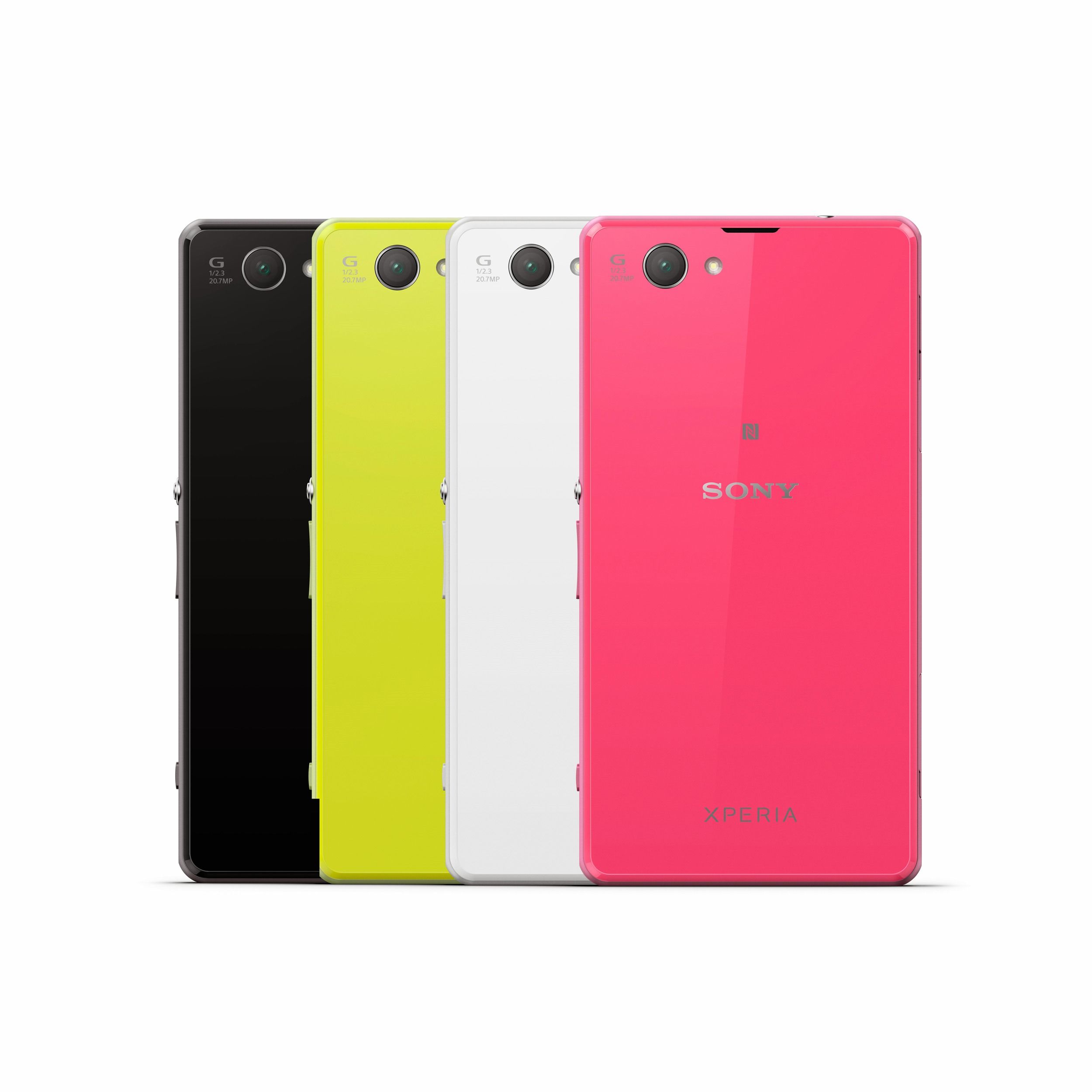
Sony has two new phones to announce here at CES in Las Vegas: one specifically for the purple people over at T-Mobile, and one meant to appease users who want a premium phone without the bulk. The Xperia Z1s is T-Mobile's branded variant of the slightly older Xperia Z1. Aside from the extra letter and doubled storage, it's identical to Sony's international flagship. The Xperia Z1 Compact is a smaller 4.3" phone that keeps most of the premium features.
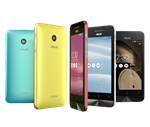
ASUS is breaking out its phone lineup at CES in a big way. The new "ZenFone" series is coming in 4-inch, 5-inch, and 6-inch versions to suit just about anybody, and each one of these new devices will be sold in a variety of metallic colors. Features and specs vary a bit between models, but the basic gist is that you pick your screen size and work up from there. All of them are on the low end and aimed at price-conscious buyers.
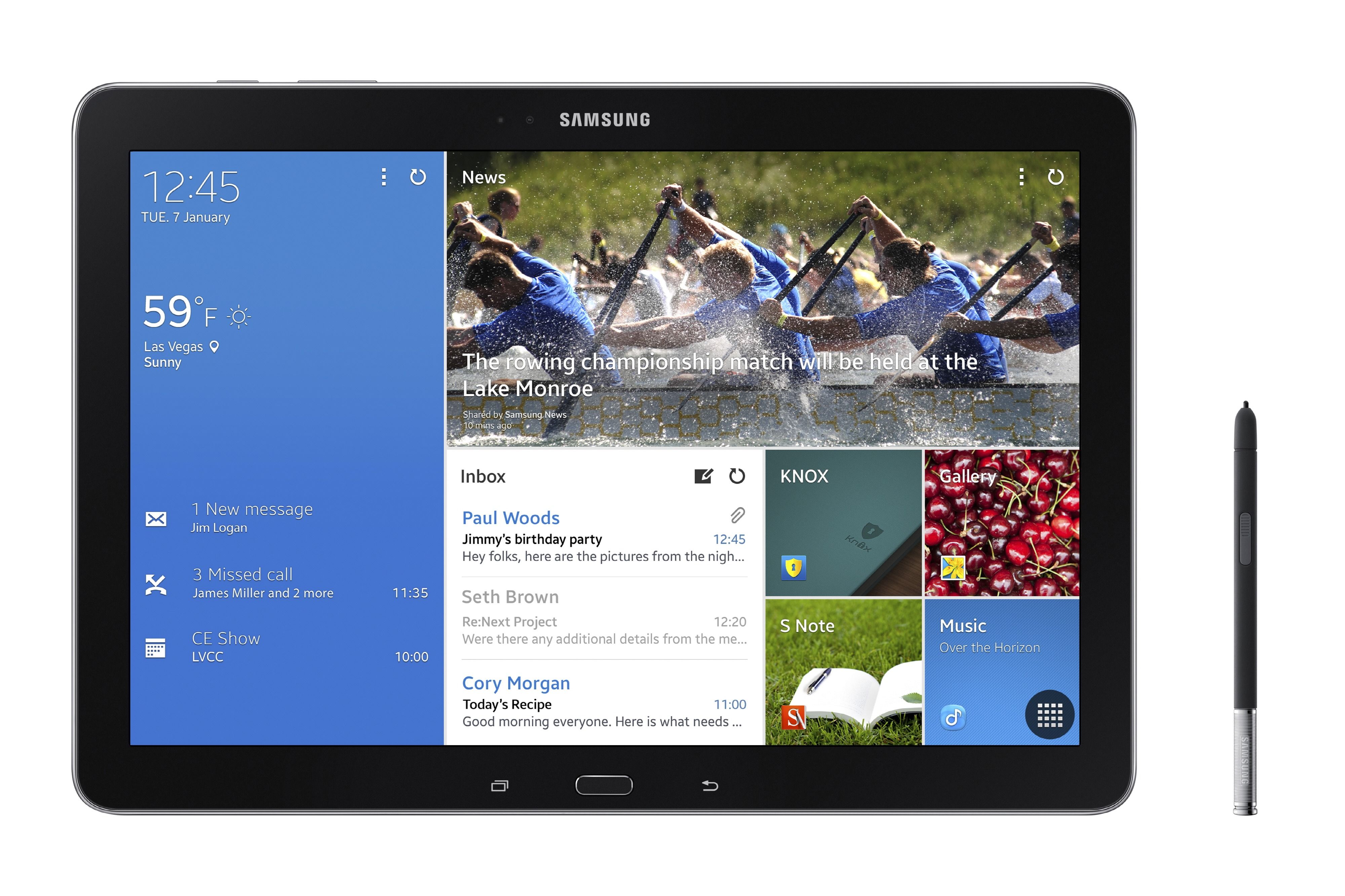
Samsung is not letting us down with its CES announcements despite Mobile World Congress just over the horizon. The South Korean company has revealed the new larger 12.2-inch Galaxy NotePRO tablet and three sizes of the new Galaxy TabPRO – 12.2, 10.1, And 8.4-Inches. They all run the newest version of Android with Samsung's UX changes, and will come with a huge package of premium content and services too.
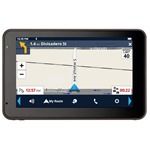
Get this - dedicated GPS units are still a thing. Not only do they still exist, people are still buying them. So with these two things being true, Magellan has announced a new line of RoadMate GPS units running Android. These products aim to address a key advantage smartphones have had over their more-focused counterparts, their highly responsive screens. The company is now bringing the finger-friendly capacitive screens they've reserved for high-end models down to a more affordable level. The model it's sharing at CES this year is the RoadMate 5430T-LM.
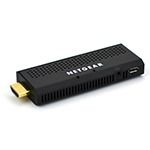
Seeing what it clearly believes is an untapped market, Netgear announced NeoMediacast, which gives pay TV providers an alternative to the traditional set-top box. This is an Android-powered system in a Chromecast-sized package that simply plugs into the back of your TV via an HDMI port. The idea here is that service providers can offer apps and premium content stores to give their subscribers access to everything they currently get through their cable boxes.
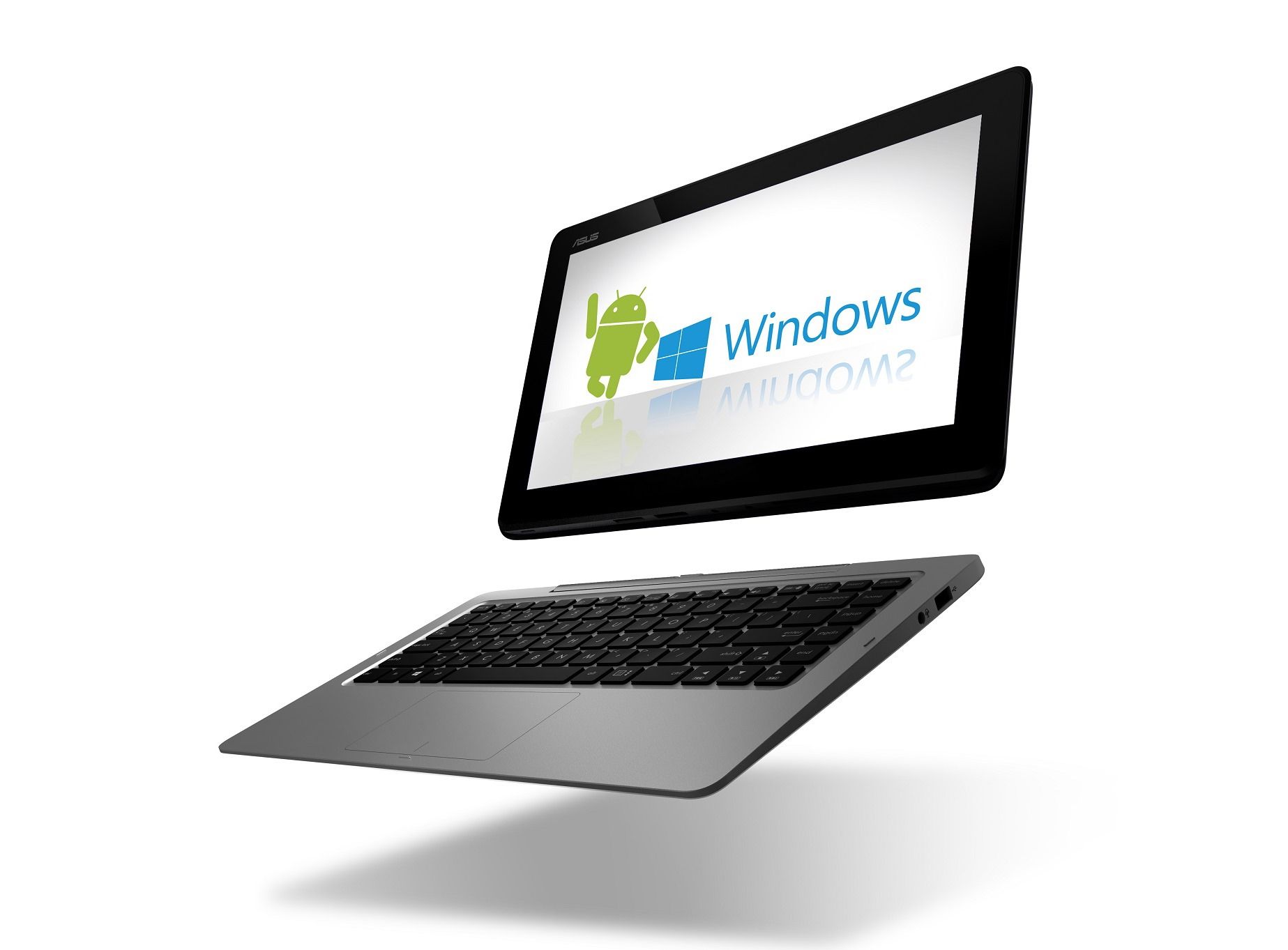
Asus likes to explore unusual designs for its Android devices, as one look at the Padfone X will tell you. Another fresh take on mobile devices announced at CES comes in the form of the Asus Transformer Book Duet. This is a convertible laptop/tablet hybrid that dual-boots Windows 8.1 and Android 4.2.2. It also packs some serious laptop-grade hardware.






